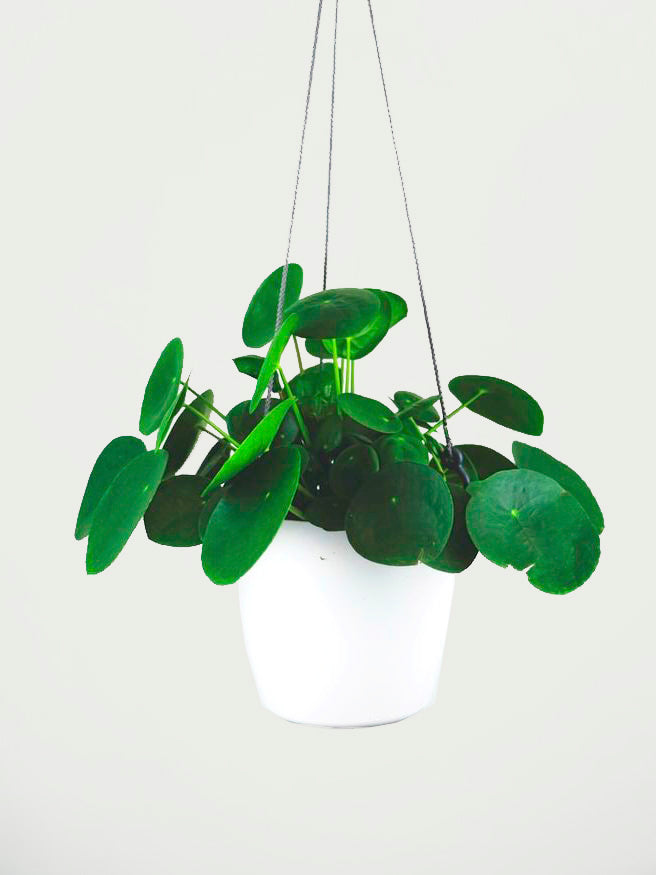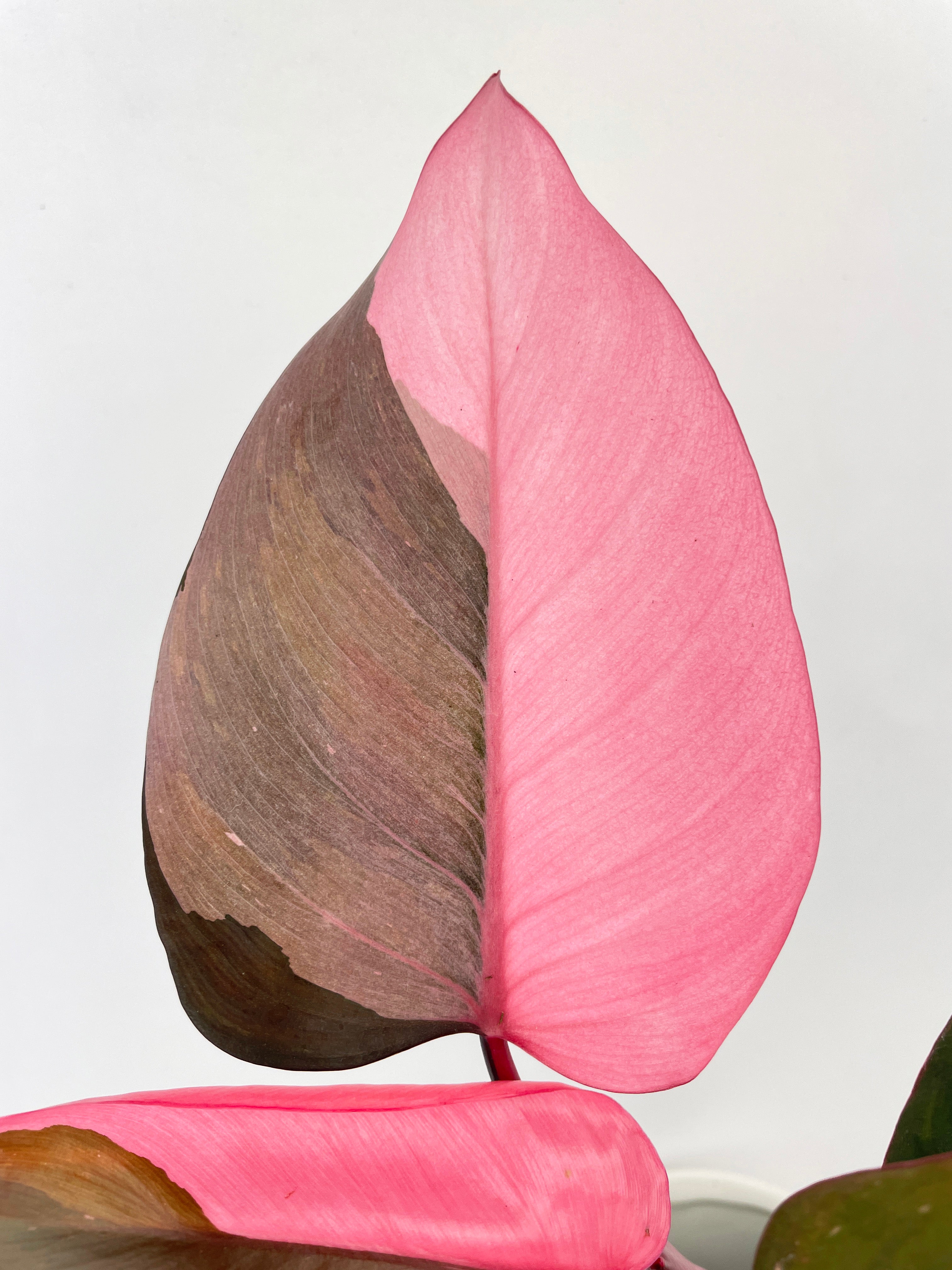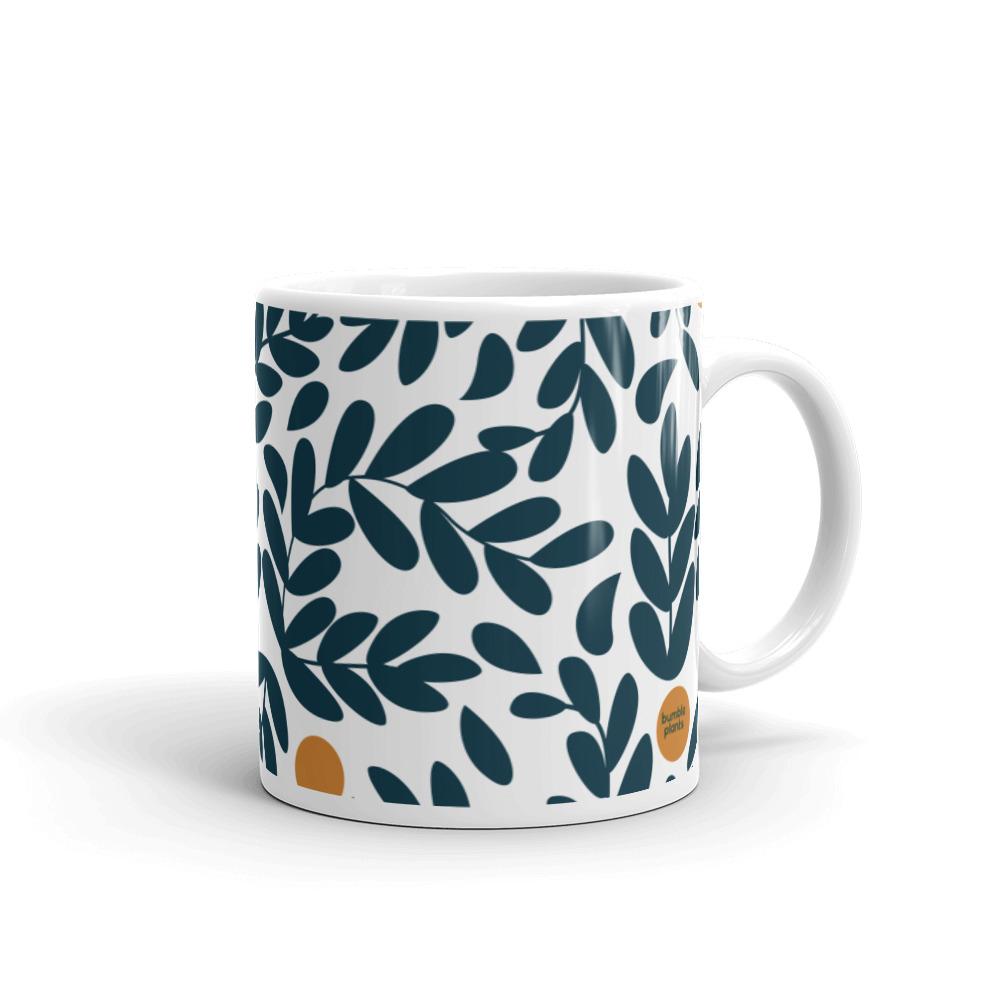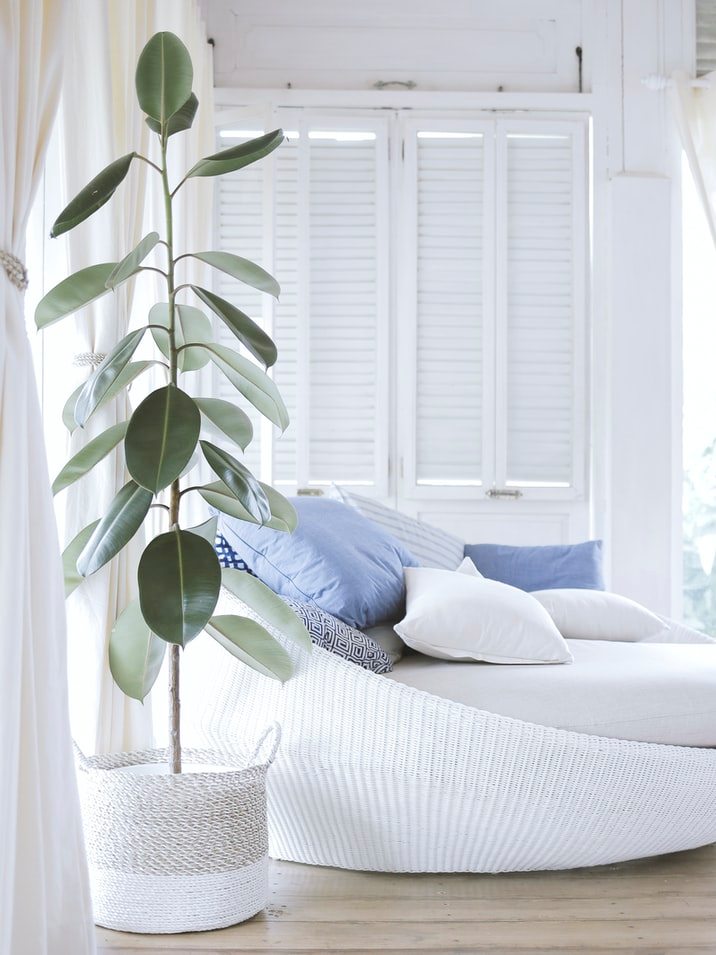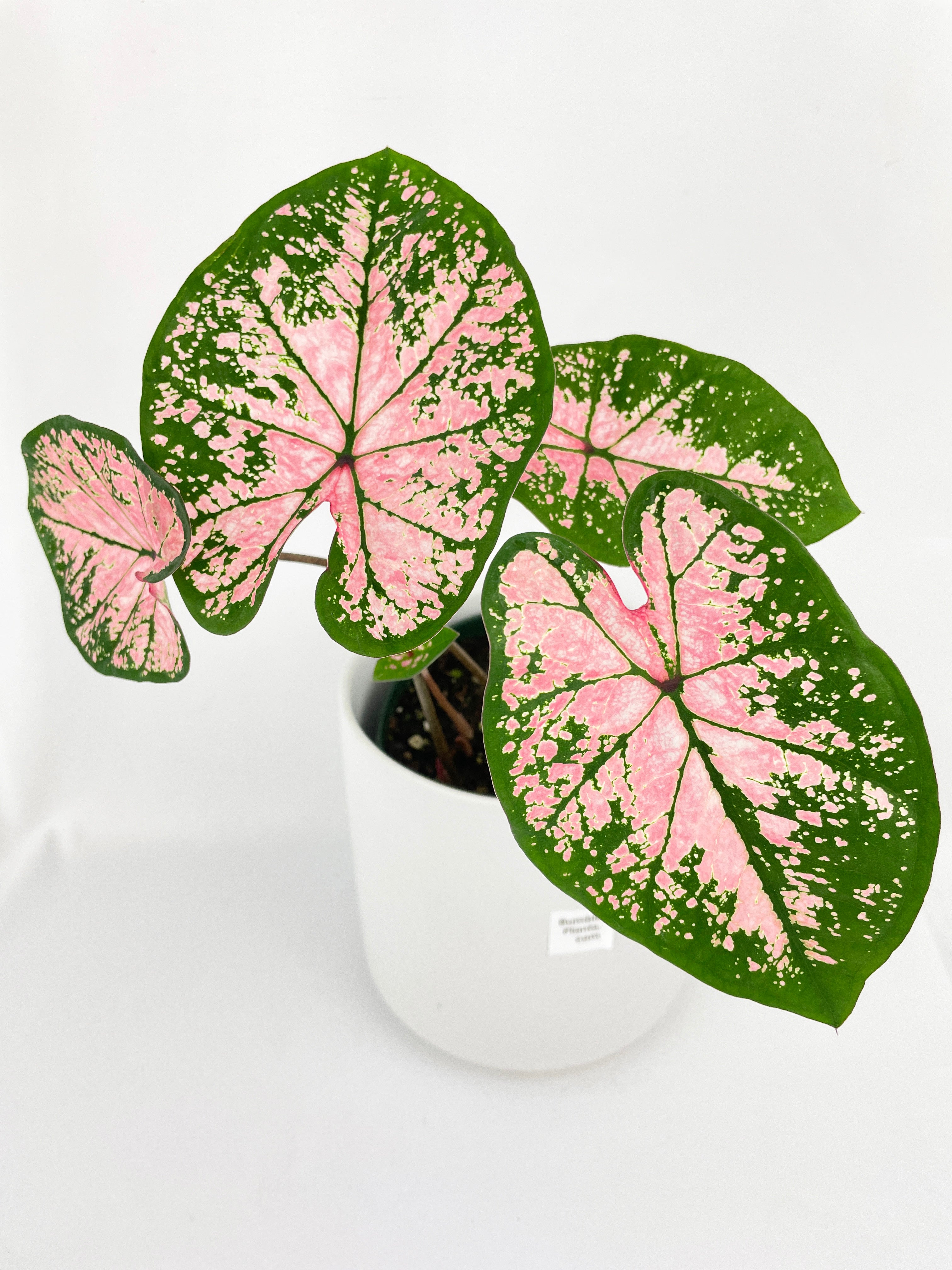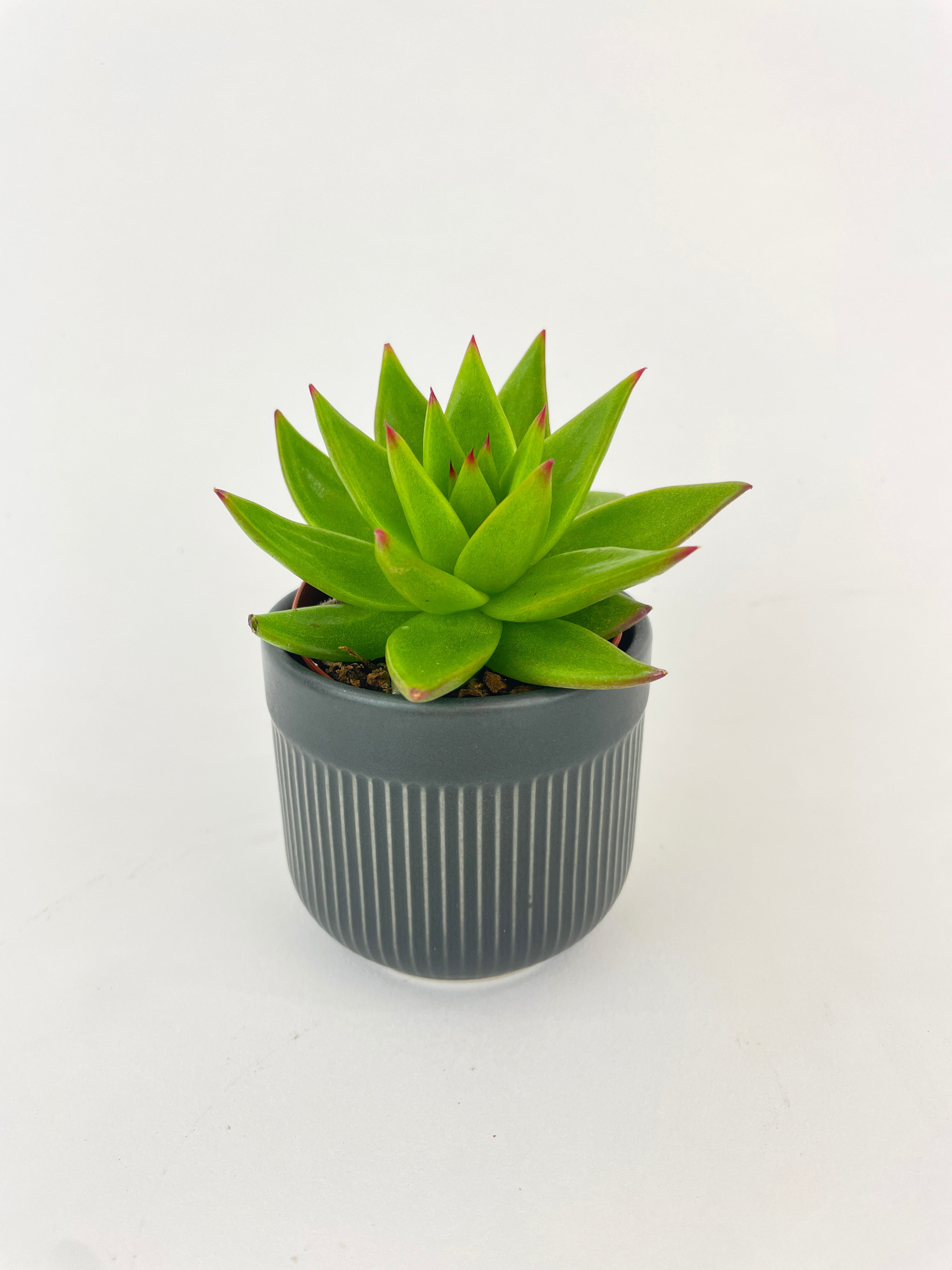Rare Houseplants: A Guide to Unique and Exotic Plant Species
As an avid plant lover, I have always been drawn to the beauty and uniqueness of rare houseplants. These extraordinary plant species, with their vibrant colors, fascinating shapes, and exotic origins, bring a touch of wonder and elegance to any indoor space. In this guide, I will take you on a journey through the enchanting world of rare houseplants, exploring their benefits, popular species, care tips, propagation methods, and more. Whether you are a seasoned plant enthusiast or just starting your indoor garden, this guide will provide you with invaluable insights into the captivating realm of rare houseplants.
Benefits of Owning Rare Houseplants
Owning rare houseplants goes beyond mere aesthetics; it comes with a myriad of benefits for both our physical and mental well-being. These unique plants have the power to purify the air by removing toxins and releasing oxygen, improving the overall air quality in our homes. Additionally, rare houseplants can boost our mood, reduce stress levels, and increase productivity. Studies have shown that being around plants can enhance cognitive function and improve concentration. Furthermore, caring for rare houseplants can cultivate a sense of responsibility and provide a fulfilling hobby, allowing us to connect with nature even in the confines of our homes.
Popular Rare Houseplant Species
There is an astonishing variety of rare houseplant species available, each with its own distinct characteristics and care requirements. Let's explore some of the most sought-after plants that every enthusiast should consider adding to their collection:
- Specialty Plant Nurseries: Look for local specialty plant nurseries that focus on rare and exotic species. These nurseries often have a wide selection of rare houseplants, and the staff can provide valuable advice on care and maintenance.
- Online Plant Shops: The internet has opened up a world of possibilities when it comes to finding rare houseplants. Many online plant shops specialize in sourcing and shipping unique plant species directly to your doorstep. Be sure to research the reputation of the shop and read reviews from other customers before making a purchase.
- Plant Exchanges and Forums: Joining plant exchange groups or online forums dedicated to rare houseplants can be a great way to connect with other plant enthusiasts and potentially swap or purchase rare plants. These communities often have knowledgeable members who can offer advice and share their experiences.
Growing Rare Houseplants from Seeds
If you're feeling adventurous and want to start your rare houseplant collection from scratch, growing them from seeds can be an exciting and rewarding endeavor. Here's a step-by-step guide to help you get started:
- Seed Selection: Choose seeds from reputable sources, ensuring they are fresh and viable. Some rare houseplants may require specific conditions for germination, so research the requirements of the particular species you are interested in.
- Seed Germination: Follow the instructions provided with the seeds for the best germination results. In general, it's best to start the seeds in a small, sterile container filled with a well-draining seed-starting mix. Keep the soil consistently moist and place the container in a warm, bright location.
- Transplanting: Once the seedlings have grown several sets of true leaves, carefully transplant them into individual pots filled with a suitable potting mix. Provide them with the necessary care, including proper lighting, watering, and humidity, as outlined earlier.
Propagating Rare Houseplants
Propagating rare houseplants is an excellent way to expand your collection and share the joy of these unique plants with others. While propagation methods may vary depending on the species, here are a few common techniques:
- Stem Cuttings: Many rare houseplants can be propagated from stem cuttings. Select a healthy stem and use a clean, sharp knife or pruners to make a clean cut just below a node. Place the cutting in a glass of water or a well-draining potting mix, keeping it moist until roots develop.
- Leaf Cuttings: Some rare houseplants, such as succulents, can be propagated from leaf cuttings. Gently remove a healthy leaf from the plant, ensuring it has a clean break. Allow the leaf to callus for a few days before placing it on top of a well-draining soil mix. Mist the soil occasionally and wait for new plantlets to emerge.
- Division: Certain rare houseplants, like the snake plant or spider plant, can be divided into multiple plants. Carefully remove the plant from its pot and separate the offsets or divisions. Replant each section in its own pot, ensuring they have adequate space to grow.
Troubleshooting Common Issues with Rare Houseplants
While rare houseplants are generally resilient, they can still encounter a few common issues. Here are some troubleshooting tips to help you address potential problems:
- Yellowing Leaves: Yellow leaves can be a sign of overwatering or underwatering. Adjust your watering routine accordingly and ensure that the plant is receiving the appropriate amount of light.
- Pest Infestations: Common pests that can affect rare houseplants include aphids, mealybugs, and spider mites. Regularly inspect your plants for signs of pests and take appropriate measures, such as using organic insecticidal soaps or introducing beneficial predators.
- Root Rot: Overwatering or poorly draining soil can lead to root rot, which can cause the plant's health to deteriorate. Adjust your watering routine, ensure the pot has drainage holes, and repot the plant in fresh, well-draining soil if necessary.
Displaying and Styling Rare Houseplants in Your Home
Rare houseplants not only bring beauty to your living space but also serve as unique decor elements. Here are some creative ways to display and style your rare houseplants:
- Hanging Planters: Utilize macrame plant hangers or ceiling hooks to suspend your rare houseplants from the ceiling, adding a touch of elegance and utilizing vertical space.
- Terrariums: Create a captivating miniature world by placing your rare houseplants in a glass terrarium. Layer the bottom with rocks or activated charcoal for drainage and add a thin layer of well-draining soil. Arrange your plants and accessorize with miniature figurines or decorative elements.
- Plant Stands: Invest in stylish plant stands of various heights to create an eye-catching display. Arrange your rare houseplants on the stands to add depth and visual interest to your indoor garden.
Conclusion and Final Thoughts on Rare Houseplants
Rare houseplants are more than just plants; they are living works of art that bring joy, serenity, and a touch of the extraordinary to our homes. From their air-purifying properties to their aesthetic appeal, these unique plant species offer a plethora of benefits for both our physical and mental well-being. By following the care tips, exploring various propagation methods, and finding creative ways to display these plants, you can create a stunning indoor oasis that will be the envy of all plant enthusiasts. Embrace the world of rare houseplants and let their beauty and elegance transform your living space. Happy gardening!

